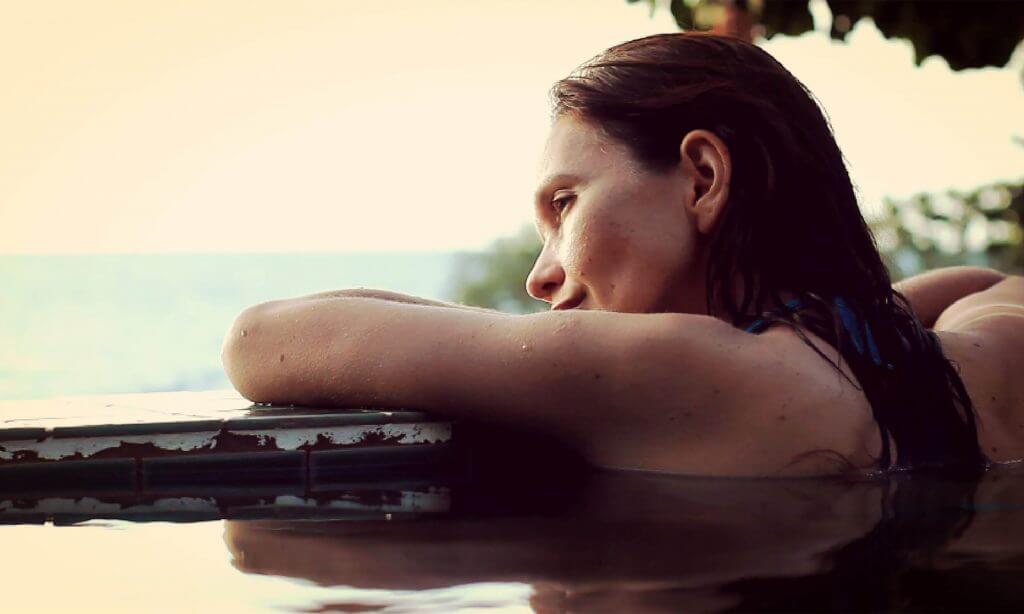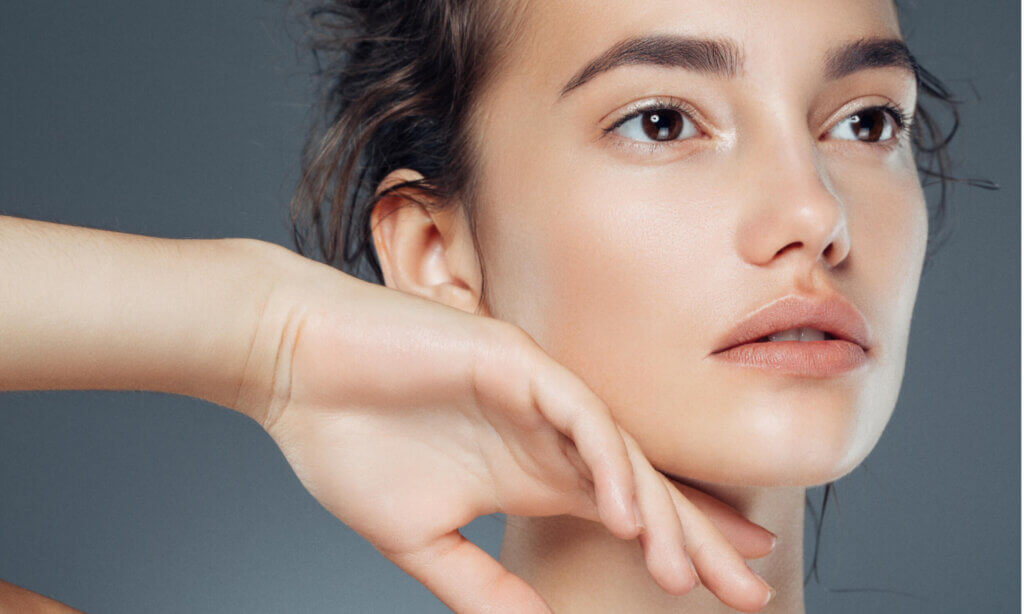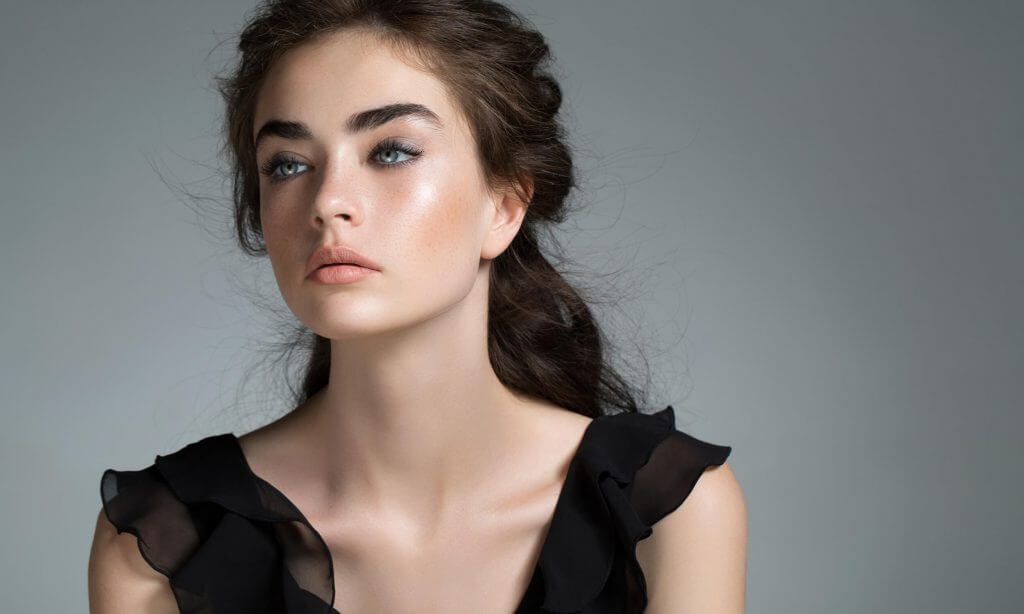11th March 2019
Possible risks and side effects of Rhinoplasty
As with any cosmetic surgery, there are risks associated with a rhinoplasty. The procedure is kept as minimally traumatic as possible, but naturally there are some risks whenever we break the skin and introduce anaesthesia. Preparing yourself for surgery, the risks, and the side effects associated is one of the first crucial steps to understanding your rhinoplasty and what you are knowingly undertaking with your experienced surgeon.
The risks of a rhinoplasty or nose job
- Risks associated with anaesthesia
- Infection during healing
- Poor wound healing or scarring
- Change in skin sensation (numbness or pain)
- Nasal septal perforation, a rare risk, is a hole in the nasal septum that may be repaired with a second surgery.
- Difficulty breathing through your nose
- Unsatisfactory nasal appearance
- Skin discolouration and swelling
- Possibility of revisional surgery
Side effects of surgery
In addition to health risks associated with the rhinoplasty procedure, there are a few short-term side effects you may experience as your nose heals. A different approach is taken to each individual patient, so some of these side effects you may not encounter after all.
Pain after surgery is common and to be almost expected, as the area will be healing. Because we are dealing with bone and cartilage, not just skin, patients may experience pain or discomfort after the procedure. Over-the-counter pain relief is usually enough to combat this discomfort, though if you believe you are encountering problems or are particularly sensitive to pain, we may be able to assist you.
Swelling around the eyes and nose is also fairly common and should largely subside after about two weeks. It’s important to bear in mind that minor swelling may still be present for up to 6 months post-surgery, because of the sensitivity of the area.
Bruising is also a very common side effect. This side effect depends on your sensitivity to the surgery, your skin, and the extent of the surgery itself. Bruising varies between individuals, so there is no blanket-bruising. Bruising usually extends around the eyes and nose and can last for up to 10 days. While bruising is normal following your surgery, it’s still important to monitor any changes or perceived abnormalities. If you are concerned for your treatment area, you are of course encouraged to get in touch with us so that we may act accordingly.
Scarring occurs after your rhinoplasty, though often it will not be outwardly noticeable. A closed rhinoplasty, for example, uses an incision on the inside of the nostrils where the scars are completely hidden. The open rhinoplasty involves one small incision in the skin separating the two nostrils, and this cut usually heals very well and is barely noticeable. Permanent outward marks are very minimal and hardly discernible at all, though any kind of surgery can be unpredictable, so it is wise to remain realistic and prepared.
Choose the right surgeon
It’s important that you do your research into who you choose as your rhinoplasty surgeon. Find someone that you are comfortable with, trust, has experience, and has answered all of your questions honestly. Once you are comfortable, your surgeon will ensure that you fully understand the surgery and what it entails before beginning to plan your rhinoplasty journey with you. The right surgeon is experienced, trust-worthy, and knowledgeable, which is why Mr Julian Rowe-Jones of the Nose Clinic has been recognised around the world.
To find out more about rhinoplasty surgery in Guildford and Harley Street with The Nose Clinic. Get in touch on 020 7118 3553 to arrange your initial consultation.






